
According to scientists a person’s eye color is not determined by a single gene but is a multi-gene trait. This discovery has changed the old theory that brown eyes are dominant over blue eyes. The answer is just not that simple.
|
Online Scheduling Now Available! |

According to scientists a person’s eye color is not determined by a single gene but is a multi-gene trait. This discovery has changed the old theory that brown eyes are dominant over blue eyes. The answer is just not that simple.

Your diet plays a major role in your eye health. Nutritious foods will help you maintain clear vision and reduce the risk of disease. Some menu items are particularly good for you. What are the best foods for your eye health?
Fish that is rich in omega-3 fatty acids are great for your body and your eyes. Studies have indicated that consuming fish oil can help reverse dry eye. The most beneficial types of fish to eat include: salmon, mackerel, tuna, sardines, trout, herring, and anchovies.
Raw bell peppers offer a high amount of vitamin C which is good for blood vessels in the eyes. Research suggests that including peppers in your diet can help lower your risk of developing cataracts. Other delicious options include papayas, cauliflower, and bok choy.
Sunflower seeds and nuts make a great snack because they are rich in vitamin E. Vitamin E helps slow the progress of age-related macular degeneration (AMD). Great options include peanut butter, peanuts, almonds, and Hazelnuts.
When mom says to eat your greens, you should listen to her. Dark, leafy greens like spinach and kale are rich in vitamins C and E. They also contain zeaxanthin and lutein, which are plant-based forms of vitamin A that help reduce your risk of developing eye diseases like cataracts and AMD.
Lean meats and poultry provide your body with zinc, which brings vitamin A from the liver to your retina. Once there, it is used to produce melanin, a protective pigment that gives our eyes their color while protecting them from the sun.
Grosinger, Spigelman & Grey ophthalmologists can assess your vision and provide recommendations for good eye health. Contact our Bloomfield Hills office today to schedule an exam.

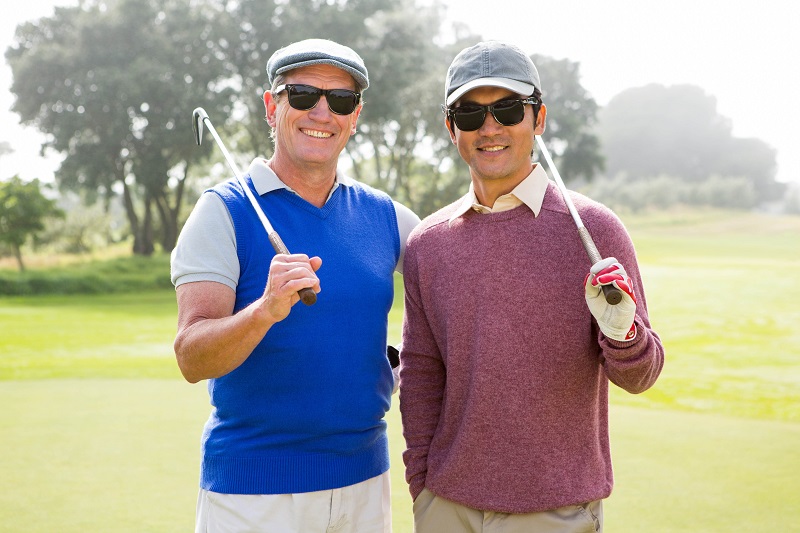
Don’t Forget to Protect Your Eyes
According to the U.S. Department of Health & Human Services (HHS) “The harmful ultraviolet rays from both the sun and indoor tanning sunlamps can cause many other complications besides skin cancer – such as eye problems, a weakened immune system, age spots, wrinkles, and leathery skin.”
UV exposure can cause cataracts, macular degeneration and corneal damage, and can even lead to blindness. There are things you can do today to help protect your eyes when you are outdoors or driving. How? When you are enjoying the sunshine, always wear wrap-around sunglasses with a 99% or higher UV block rating and a wide-brimmed hat.
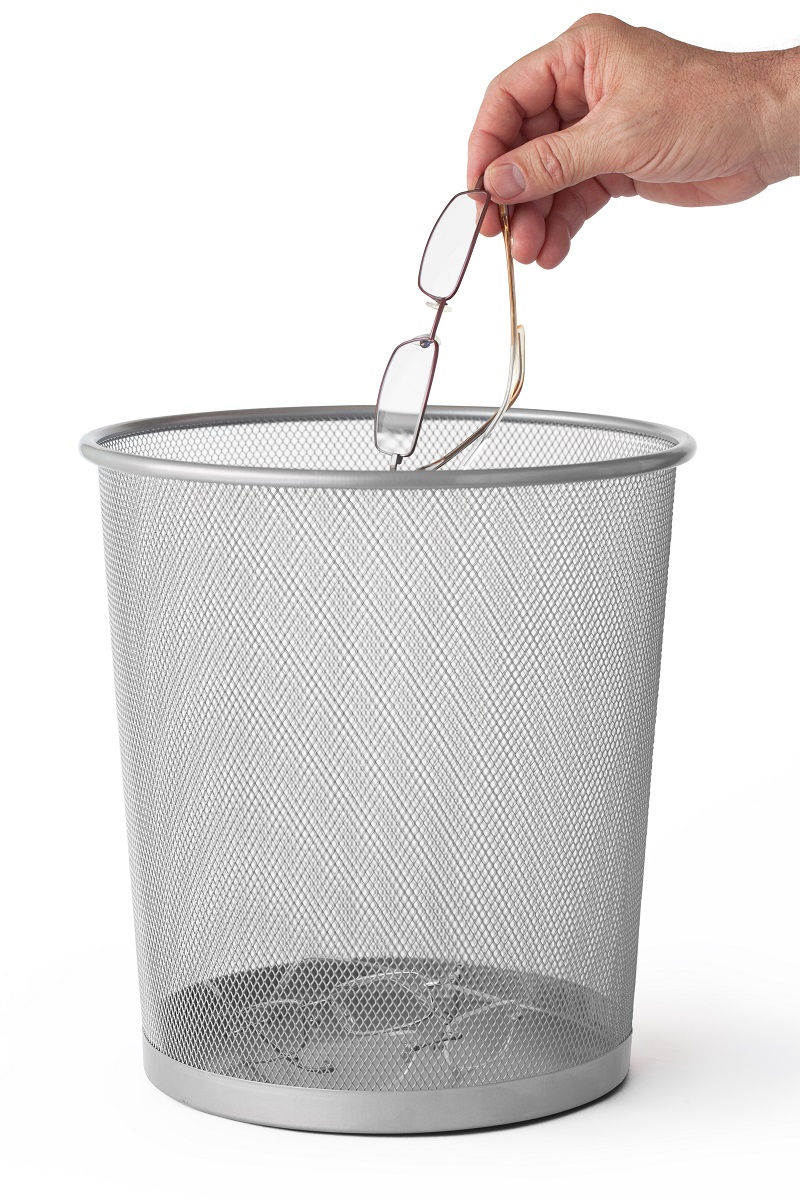
The LASIK procedure was developed for ophthalmic use in the early 80s and was approved by the FDA in 1995. A lot has changed since then. Is LASIK a safe way to correct your vision?
LASIK Has a High Patient Satisfaction Rate
Over 19 million LASIK surgeries have been performed in the United States. The procedure maintains a very high patient satisfaction rate. According to clinical data, over 95% of patients reported a positive response to the surgery. The rate of complications was under 1%, making it extremely safe for the majority of patients.
Different factors can affect results, which is why a medical professional should be consulted before undergoing LASIK. Your ophthalmologist can advise you on possible complications or if a preexisting condition could affect results.
LASIK May Be Safer Than Wearing Contacts
Did you know that LASIK surgery may be safer than wearing contact lenses? The procedure has been scrutinized through FDA clinical trials consisting of over 9,000 patients between 1993 and 2005. There are over 7,000 peer-reviewed studies that were published, all confirming that the surgery is safe and effective.
A recent analysis was performed that compared rates of infection between LASIK and soft contact lenses. There were three times more cases of microbial keratitis in patients who wore contacts compared to those who underwent LASIK.
Is LASIK the Best Choice for Me?
LASIK surgery works for many, but it isn’t a one-size-fits-all solution. Make sure you choose a treatment that is ideal for you based on health status and vision needs. Contact Grosinger, Spigelman & Grey located in Bloomfield Hills to schedule a LASIK consultation.
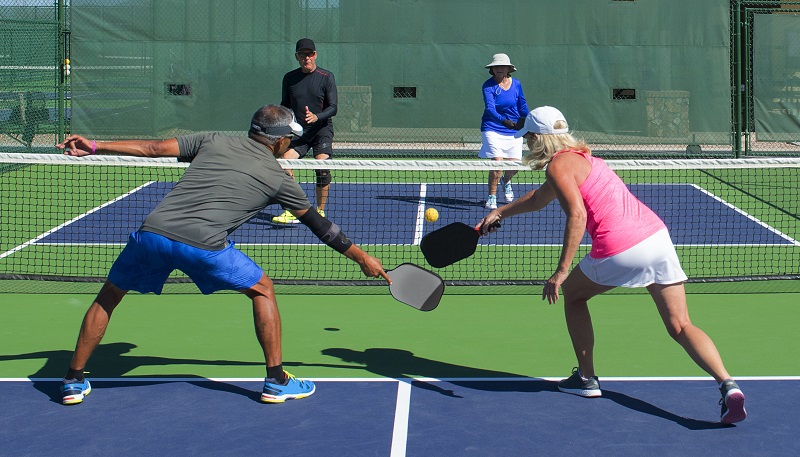
Sports can be lots of fun. They help people stay in shape, build coordination, and encourage teamwork. However, some activities can be hazardous to your eyes. An estimated $175 to $200 million is spent annually on sports eye injuries in the U.S. What can you do to protect your vision from injury on the field, court, rink, or wherever you play?
Wear Proper Sports Safety Gear
One of the best ways to avoid trauma is to wear proper safety gear. Polycarbonate lenses are recommended when engaging in high-impact activities. They are 10 times as resistant to impact as other similar materials. Statistics have shown that hockey players who wear adequate eye protection are four times less likely to suffer an injury. Along with eyewear, also remember to put on any other gear needed based on the sport you play. That includes a helmet, protective pads, and gloves.
What Do I Do If I Am Injured While Playing Sports?
A quick response is the best way to minimize the long-term effects of a sports eye injury. Seek medical advice immediately. An ophthalmologist can examine the eye and determine the extent of damage and best treatment option. It could mean the difference between a full recovery and losing your sight. If you have experienced a sports-related eye injury, go to the emergency room and then let us know. Quick action can save your sight.

In memory of our fallen heroes.
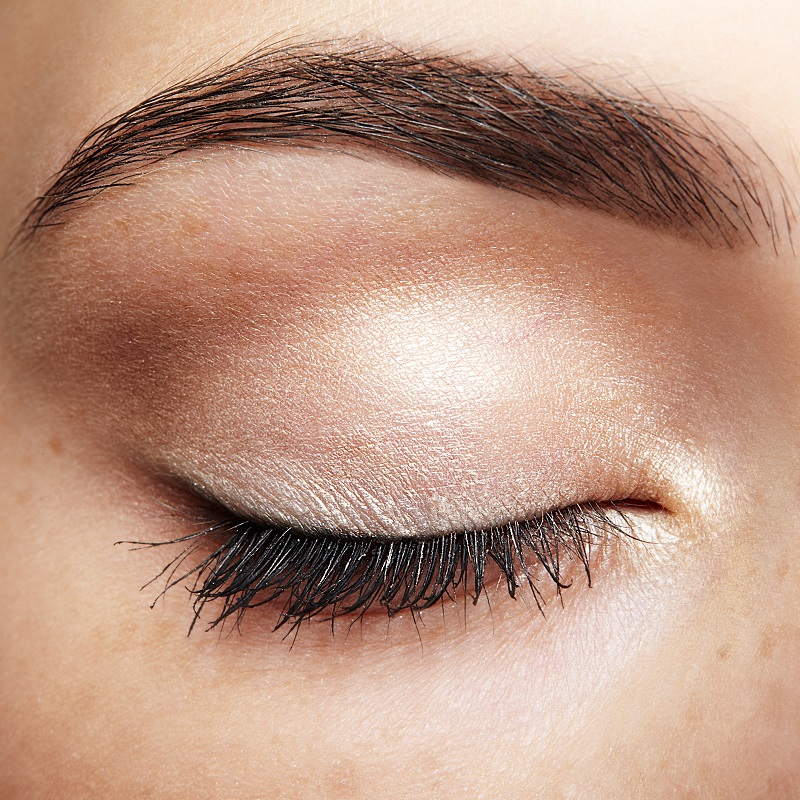
Blinking is something most of us do automatically without thought. Sometimes we blink because of external stimuli, like when an object comes close to our eye. Other times we blink because we are tired, or our eyes are experiencing fatigue. Why is blinking so important?
What Does Blinking Do?
Closing and opening your eyelid seems simple, but it serves an essential purpose. First, it cleans the eye by removing small particles that may have landed on it. It also helps moisturize eyes so that they don’t dry out.
Blinking is also part of our mental process. When you blink, it allows your brain to release attention on one thing and engage in cognitive activity. The act of blinking lets the brain assimilate what you are looking at. It gives us a brief mental rest while we observe and mentally process the world around us.
When Should I Blink?
Scientists estimate that the average person will blink between 15 and 20 times every minute. That totals as much as 1,200 times per hour or 28,8000 blinks per day. You should allow yourself to blink naturally.
There may be times when you need to blink more often. If you experience the discomfort of a foreign irritant in your eye, try blinking. The same goes for dry eyes.
People using computers for a prolonged period of time tend to blink 60% less. This can lead to dryness and strain. Remember to blink often when looking at a monitor or device screen. Also, practice the 20-20-20 rule: look at something 20 feet away for 20 seconds once every 20 minutes.
If you are experiencing eye irritation or dry eyes, please let us know. Schedule an appointment with one of our ophthalmologists at Grosinger, Spiegelman & Grey today.
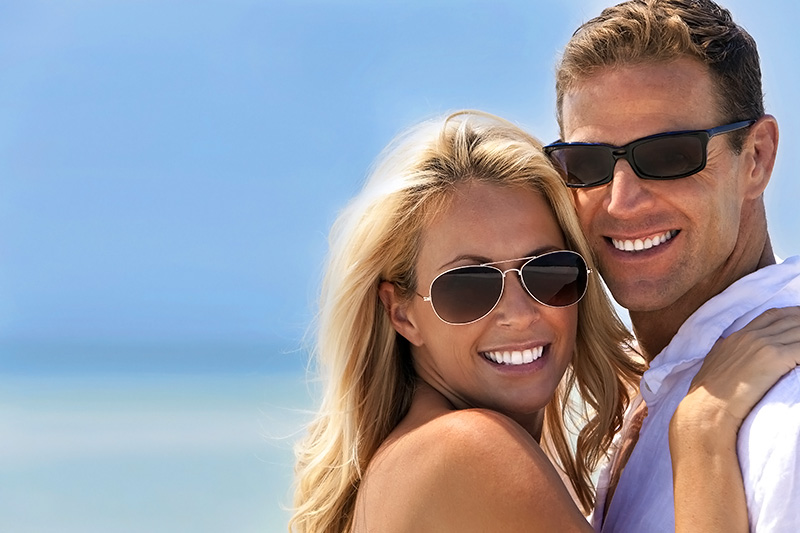
Sunglasses look cool. They come in numerous styles that it is easy to find a pair you love. There are classic cat’s eye and aviator frames as well as oval, rectangle, shield, and rimless designs. The key is finding a pair that offers 100% UVA and UVB protection for your eyes.
What Does the Sun Do to My Eyes?
Many learn at a young age that you are never supposed to look directly into the sun. It can cause damage to your retina that can lead to blindness. Even if you never stare into our favorite star, you can still be at risk for eye damage if you don’t wear sunglasses.
According to the National Eye Institute, approximately 20% of cataracts are caused by extended UV exposure. It can also worsen the symptoms of glaucoma.
Macular Degeneration causes a part of the retina, known as the macula, to deteriorate. This will impair vision and eventually lead to blindness. The U.S. National Library of Medicine published a study that found exposure to certain types of UV radiation can speed up macular degeneration.
Remember that you can experience sun damage on cloudy days. UV rays can pass through clouds, so you should still wear protection when it is overcast outside.
Finding the Right Sunglasses for Your Eyes
It is important to find the right type of sunglasses for your eyes so you will wear them and achieve the highest benefits. For example, surfers often wear wraparound shades for better sunlight protection next to the water. You may need something with a sturdy frame if you are playing a sport or working outdoors. Contact Grosinger, Spigelman & Grey today if you need a comprehensive eye exam before purchasing new prescription sunglasses.
Grosinger, Spigelman & Grey Eye Surgeons
1750 S. Telegraph Rd., Ste 205
Bloomfield Hills, MI 48302 USA
Phone: (248) 333-2900
Fax: (248) 333-3539
Mon-Thurs: 7:30AM–4:30PM
Fri: 7:30AM–3:30PM
Sat: Limited Hours Available
Sun: Closed
